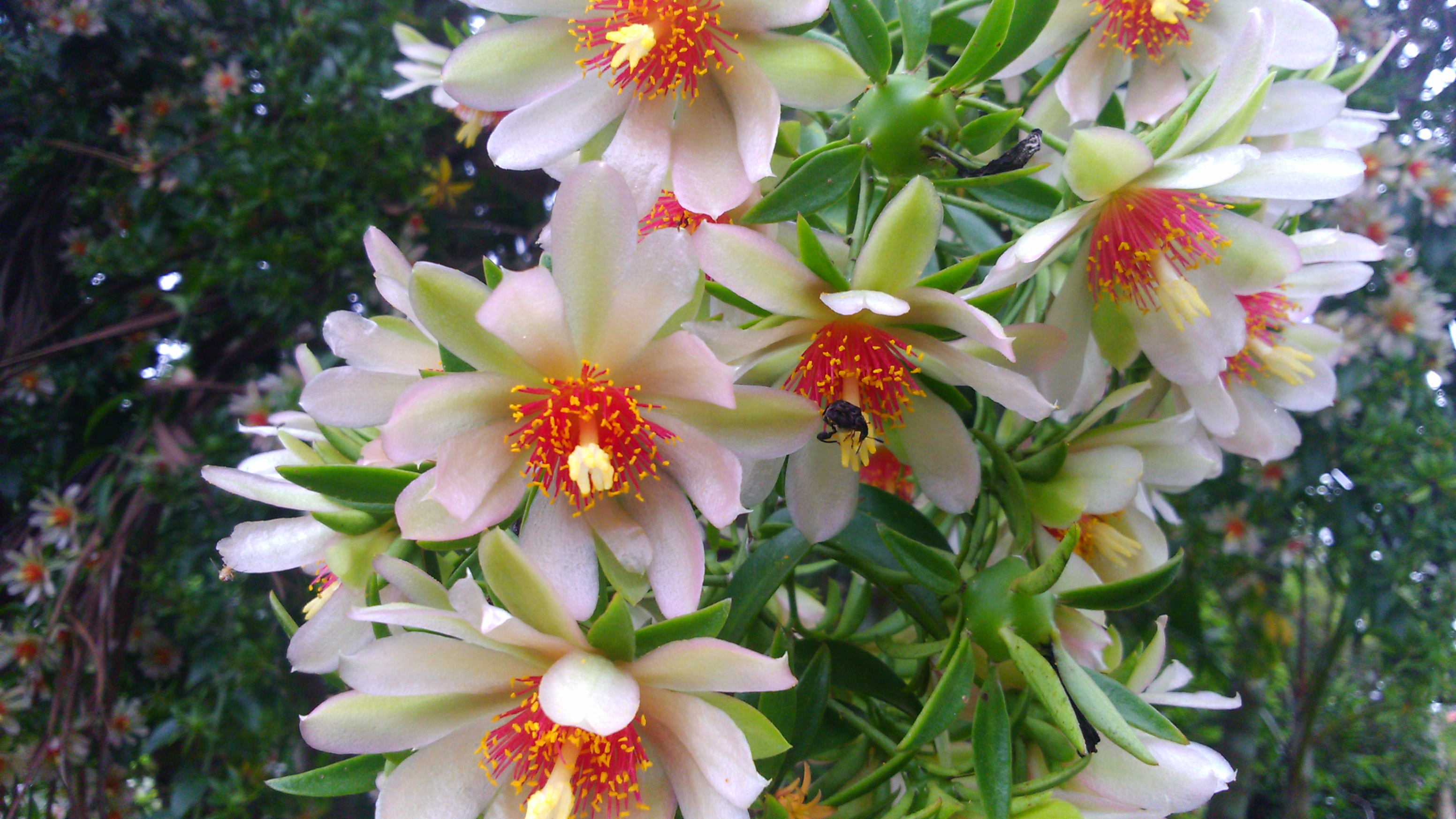
Barbados gooseberry (Pereskia aculeata)
Plant:
The Barbados Gooseberry is a thorny climbing plant, also know as blade-apple cactus, leaf cactus, rose cactus, and lemonvine. There are several Pereskias, but the only one recommended for human consumption is the Pereskia aculeata, with white flowers and orange nucleus.
Properties:
Anti-inflammatory, healing, purifying, toning, and regenerating, are some of the properties that this plant offers. The Barbados gooseberry is rich in minerals (especially phosphorus, calcium, and iron), fiber, essential amino acids such as lysine and tryptophan and vitamins (A, B and C), but its great asset is the large amount of protein it has (about 25% of the plant). It is also rich in folic acid, which can help while pregnancy.
Benefits:
- Anemia,
- cystitis,
- fights free radicals,
- prevents constipation,
- teeth,
- bones,
- immune system,
- prevents cell aging,
- varicose veins,
- degenerative diseases of the colon,
- diabetes,
- lowers cholesterol,
- furuncle,
- syphilis,
- hemorrhoids,
- ulcers…
How to consume:
Barbados Gooseberry’s leaves can be eaten raw, in green juice (20 green leaves), as an infusion (five green leaves for half a liter of water or two teaspoons of dry leaves), or in salads, cooked as a garnish (pies or omelets), sautéed or in soups. The taste is almost neutral and has a soft texture and is easy to chew.
Contraindication:
There are no known contraindications, but it is important to be aware because each body is different, there may be possible incompatibilities, total or momentary, generated by its ingestion.
This text is an awareness. Depending on the season and the moment in which you are, it is up to each Being to feel whether he should consume this food. The dosage and frequency depend on the nature and physical condition of each Human Being.
Know more about cereals on:
16 benefits that the onion offers to our organism
Did you know that garlic is a natural antibiotic?




